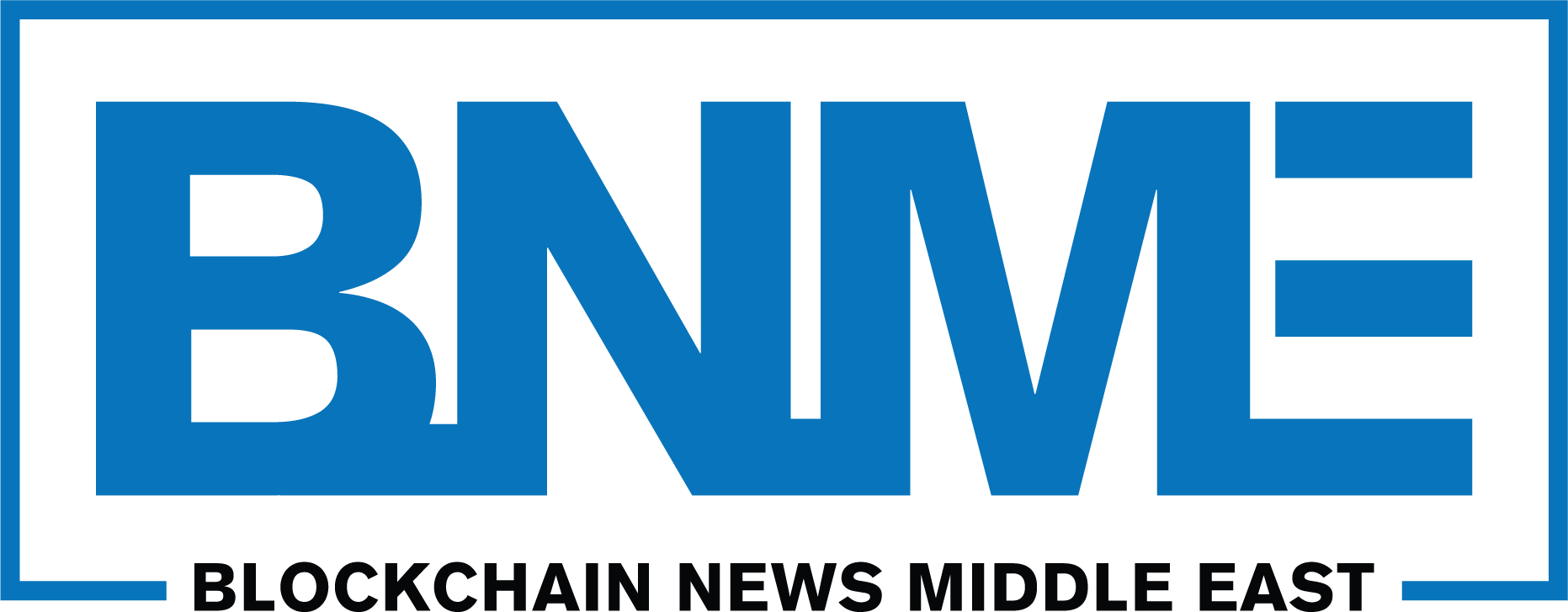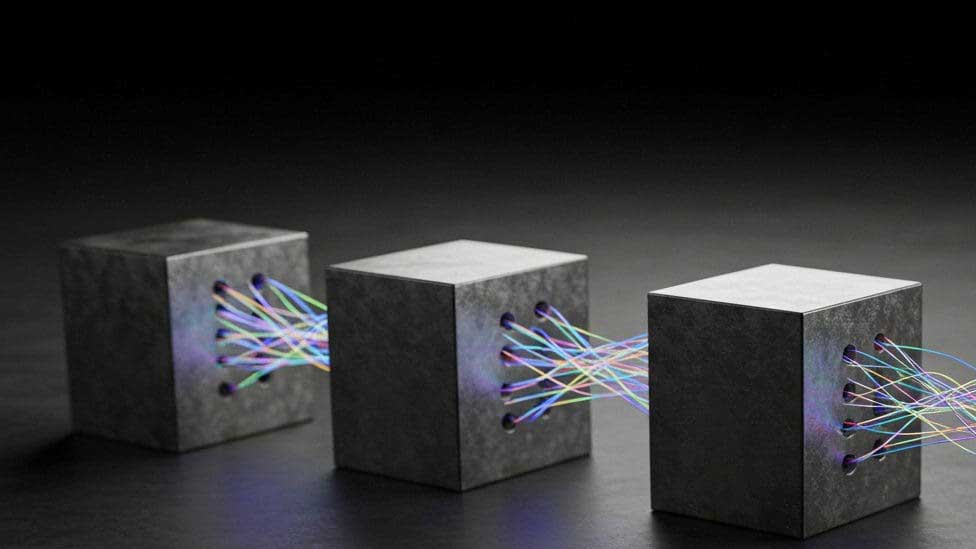As the dawn of quantum computing threatens to render today’s encryption methods obsolete, researchers are racing to design security systems that can stand up to tomorrow’s cyber threats. A team led by Ruwanga Konara at the University of Sussex, in collaboration with global partners, has unveiled a novel quantum blockchain protocol that may hold the key to post-quantum security.
A Quantum Leap in Blockchain Technology
The proposed system fuses two leading quantum innovations—time entanglement and phase encoding—to form a blockchain with unmatched security and scalability. By combining the tamper-evident properties of time-entangled quantum states with the efficiency of quantum hypergraph blockchains, the researchers aim to build a robust, scalable infrastructure capable of resisting even the most advanced quantum attacks.
The project is part of a broader effort to future-proof digital infrastructure against the looming disruption posed by quantum computing, which experts believe could crack conventional encryption in the coming decades.
GHZ States: The Heart of Quantum Blockchain Security
At the core of the system lies the GHZ state—a highly entangled multi-particle quantum state. This form of entanglement allows each block in the blockchain to be securely linked with others, forming a chain that is fundamentally resistant to tampering. Any attempt to alter a single block would break the entanglement, instantly signaling a breach.
The research team also incorporates hypergraph states, enabling a more complex and flexible network structure compared to the traditional linear blockchains. Hypergraphs can link multiple nodes through shared connections, increasing efficiency and storage capability while maintaining security.
Quantum Techniques for Secure Communication
To extend entanglement across nodes, the system uses quantum teleportation and entanglement swapping. These techniques allow the distribution of quantum states over long distances without physical interaction. Quantum teleportation transmits information via entangled particles and classical communication, while entanglement swapping enables particles that never directly interacted to share an entangled state—crucial for linking blockchain nodes.
Each block contains encoded quantum data (qubits) and a record of the previous block, secured through entangled GHZ states. Bell state measurements are used to verify the integrity of new blocks. If the entanglement is disturbed, the system flags tampering attempts, leveraging the principles of quantum physics instead of computational difficulty.
Beyond Cryptography: Physics-Based Security
Unlike traditional blockchains that rely on cryptographic hash functions and consensus mechanisms, this quantum approach derives its security from the laws of quantum mechanics. Attacks would require violating fundamental physics—an almost impossible feat.
The research also explores the speculative concept of time-like entanglement—a theoretical form of entanglement that links events across time rather than space. If realized, this could make retroactive data tampering virtually impossible, adding a futuristic layer of protection.
From Concept to Application: Technical Challenges Remain
While the theory is promising, practical implementation remains a significant challenge. Creating and maintaining high-fidelity GHZ states is difficult due to quantum decoherence, where quantum information is lost through environmental interaction. Scaling the system to support multiple users and nodes will require robust quantum communication channels, quantum repeaters, and quantum memory—technologies still in developmental stages.
Equally critical are precise quantum measurement techniques, as inaccuracies could lead to false positives or undetected breaches. The need for quantum error correction adds further complexity, requiring redundant qubits and sophisticated algorithms that significantly raise resource demands.
Potential Use Cases: From Finance to National Security
If realized, the applications for a quantum-secure blockchain are vast:
- Financial transactions could be made tamper-proof, reducing fraud and increasing trust.
- Supply chain management could gain enhanced verification and authenticity tracking.
- Secure voting systems could ensure transparency and trust in elections.
- Sensitive data protection, such as in healthcare or government, could be revolutionized.
- Secure multi-party computation would allow collaborative data analysis without compromising privacy.
A Glimpse Into the Future of Data Integrity
Konara and his team’s work represents a bold step toward reimagining blockchain security in a post-quantum world. While significant engineering and scientific challenges remain, the research offers a compelling glimpse into a future where quantum entanglement becomes the foundation of digital trust.
As quantum computing advances, the fusion of blockchain and quantum physics may become not only a possibility—but a necessity.




























